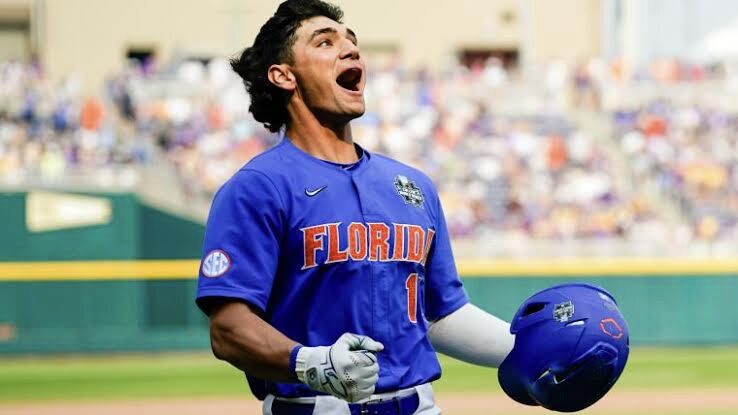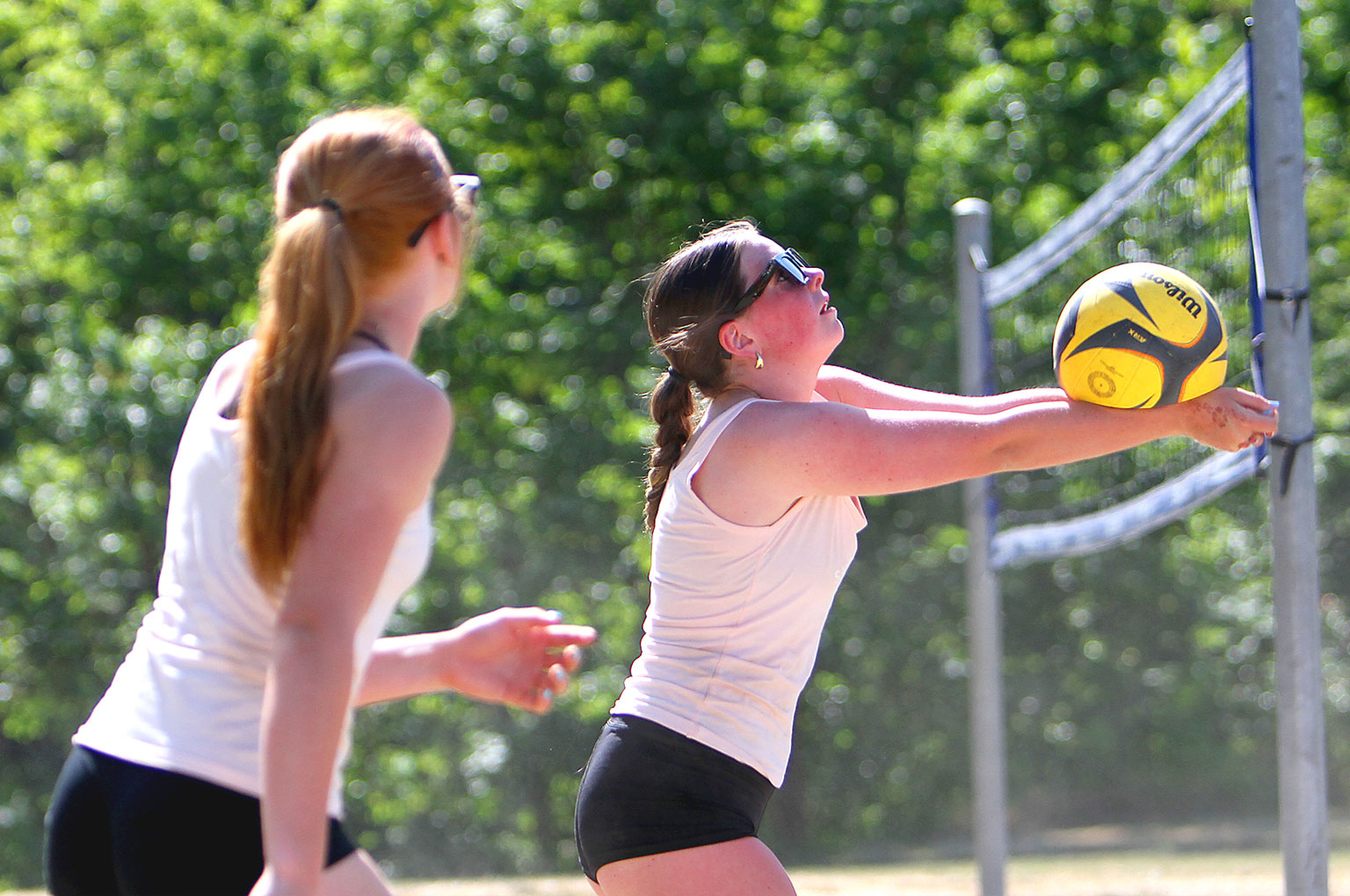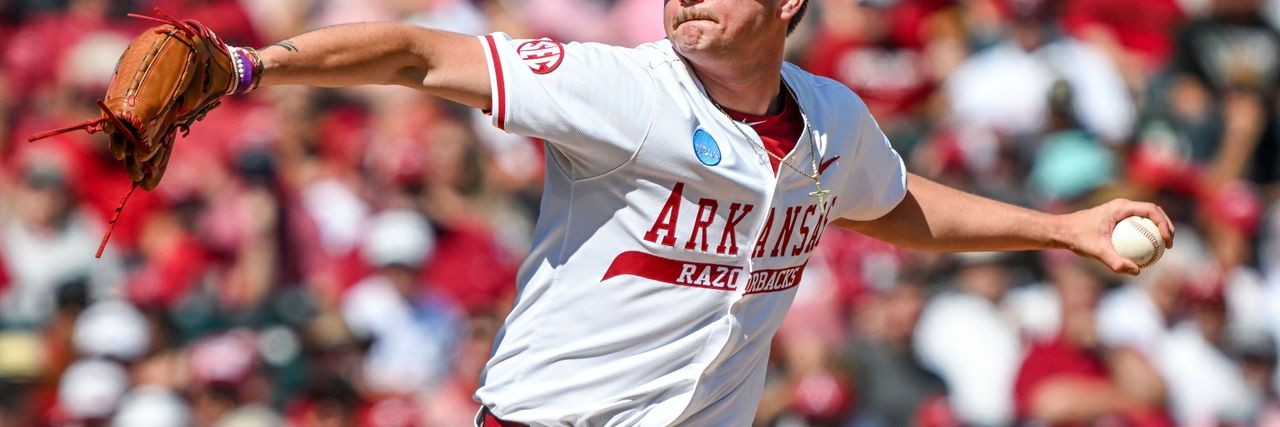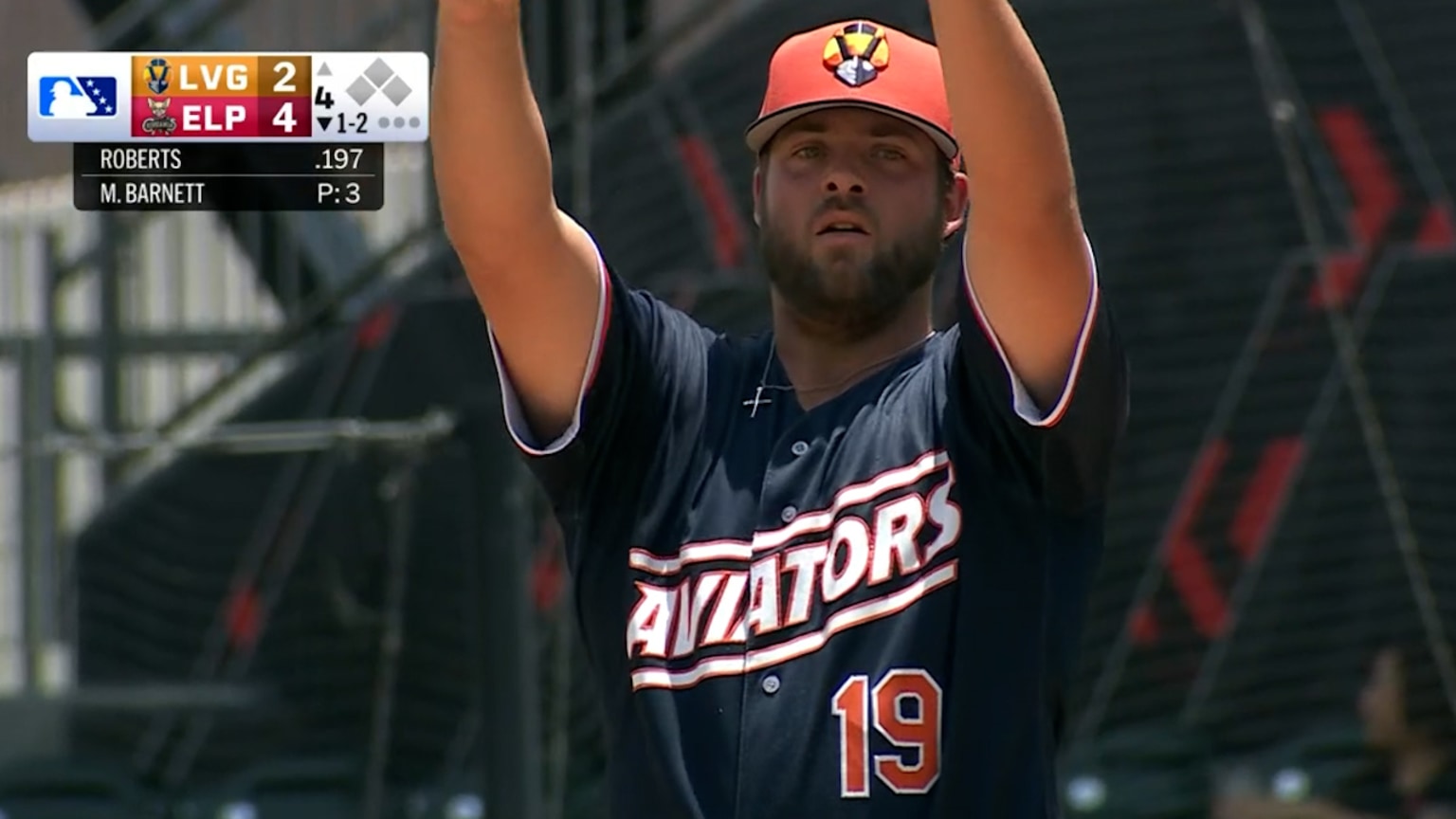

Image courtesy of Ed Bailey, Wichita Wind Surge (photo of Kaelen Culpepper)
When the Twins selected Kaelen Culpepper with the 21st overall pick in the 2024 MLB Draft, there were a few raised eyebrows. Sure, Culpepper had plenty of tools, but concerns about plate discipline and defensive projection gave some evaluators pause. Less than a year later, Culpepper is not only putting those concerns to rest, he’s making evaluators look like they undersold him.
Now firmly entrenched in Double-A Wichita and facing older, more experienced competition, Culpepper has surged into top-100 prospect territory. His all-around game is showing up in the box score and answering every pre-draft question thrown his way.
Chasing Down the Concerns
One of the most commonly cited red flags at the time of the draft came from The Athletic’s Keith Law, who wrote, “I know some teams had him in the second round because his chase rate was high, albeit not extremely so.” That concern was fair based on his collegiate track record, but Culpepper has responded in a big way.
In his first full professional season, Culpepper has trimmed his chase rate significantly, especially against right-handed pitching. His strikeout rate currently sits under 16% for the season, and the right-handed hitter has a 16.25 K% against righties. He’s begun to show a mature ability to lay off pitches just outside the zone, something that was seen as a “maybe someday” skill on draft night and is already a present tool.
Even FanGraphs’ Eric Longenhagen, who was skeptical on draft day, has had to take another look. “I have mixed-positive feeling about the Twins’ first day because I’m lukewarm on Kaelen Culpepper due to his chase tendencies,” Longenhagen said after the pick. But Culpepper has flipped that narrative. His walk rate is hovering around 11% during the 2025 campaign, giving him a nearly even K/BB ratio. This is no small feat for a 21-year-old adjusting to professional spin and facing older pitchers over 78% of the time.
The Shortstop Debate? Maybe It’s Over
Defensively, there was another looming question: Could Culpepper stay at shortstop, or was a move to third inevitable? ESPN summed it up nicely: “Ultimately, his pro ceiling will likely be decided by whether he can stick at shortstop or if he moves to third base on his way to the majors.”
A year later, most evaluators are in agreement that he can stick.
Culpepper has shown above-average range, clean footwork, and a plus arm at short. His internal clock is improving, and he’s making throws from deep in the hole that only true shortstops can pull off. The Twins have continued to give him regular reps at the position with only a handful of appearances at second base. Scouts now project him to remain there long-term unless the major-league roster demands a positional shift.
That strong arm, once merely a bullet point in the scouting report, is now a calling card. In pre-draft evaluations, he was seen on the fringe between shortstop and third base. Now, he has the potential to be an impact defender as a big-league shortstop. He’s turned potential into production, and if anything, he’s separated himself from many of the other middle infielders in his draft class by staying up the middle.
Crushing the Offspeed Test
CBS Sports questioned whether Culpepper could handle spin, writing, “Can shortstop Kaelen Culpepper improve his breaking ball recognition?” It’s a valid question for any young hitter, especially one whose college profile leaned more on twitchy athleticism than polish at the plate.
But once again, Culpepper’s adjustments have been impressive. Since his promotion to Double-A, he’s actually improved his slugging percentage against offspeed and breaking pitches, showing better pitch tracking and timing. Over his last 10 games (49 PA), he is slashing .432/.490/.523 (1.013) with two extra-base hits and as many walks (5) as strikeouts (5). He’s not just laying off the tough stuff, because he’s doing damage when pitchers hang them.
Fast Track to Target Field?
What’s most exciting is just how quickly Culpepper has acclimated to professional ball. He’s one of only a handful of 2024 draftees already playing at Double-A, and he hasn’t missed a beat. The jump from college to pro ball is steep. The jump from there to Double-A is a leap. Culpepper made both without stumbling.
It’s rare for a late first-round pick to push into top-100 territory so quickly, but Culpepper has earned it. His combination of steady defense, improved plate discipline, and surprising offensive production against older pitchers has made him one of the most exciting infield prospects in the system.
The draft-day doubts have all been addressed quickly. The Twins believed in Culpepper’s upside when they took him at 21, and in less than 12 months, they may have already found the player who could be their shortstop of the future. If the trajectory holds, Culpepper could be pushing his way to Minneapolis by mid-2026.
And when he gets there, don’t be surprised if the same evaluators who doubted the pick are suddenly talking about how obvious it was all along.
Which doubt does Culpepper still need to answer? When will he debut with the Twins? Leave a comment and start the discussion on one of the organization’s most exciting prospects.
View full article
0





































































 BREAKING: NBA MVP Shai Gilgeous-Alexander signs the RICHEST annual salary in league history
BREAKING: NBA MVP Shai Gilgeous-Alexander signs the RICHEST annual salary in league history